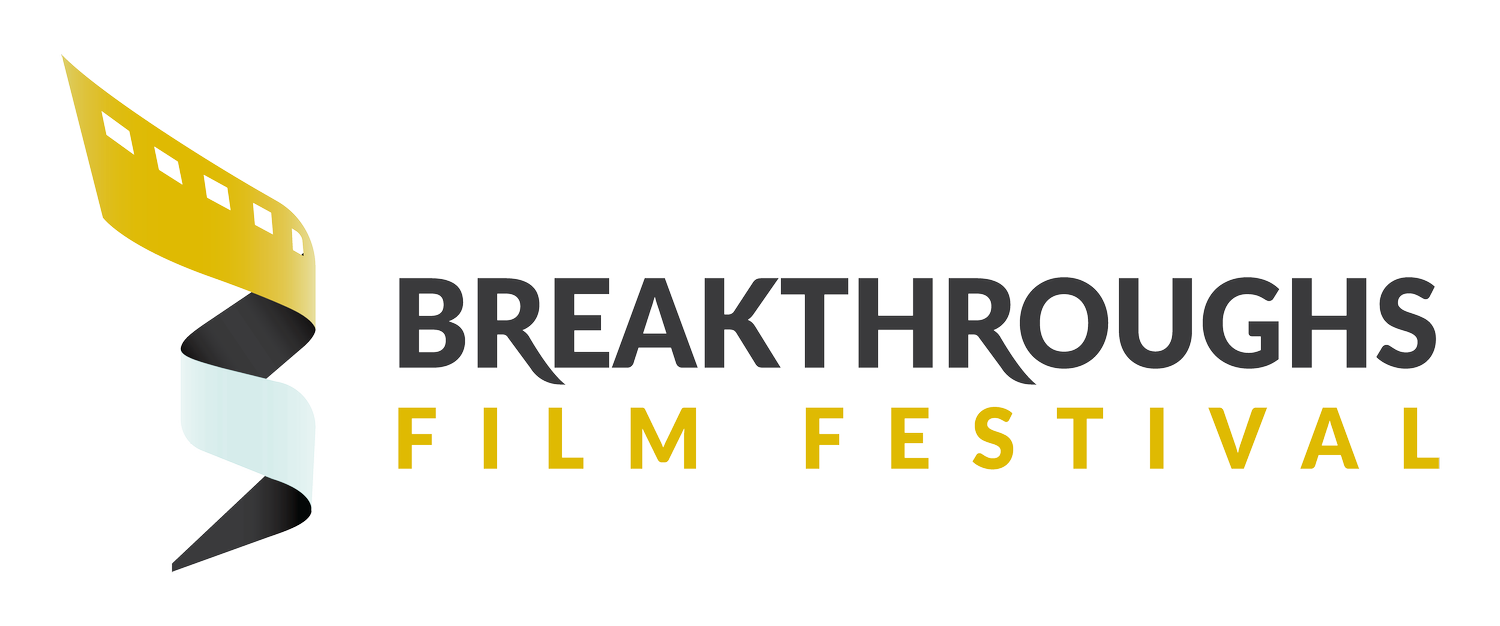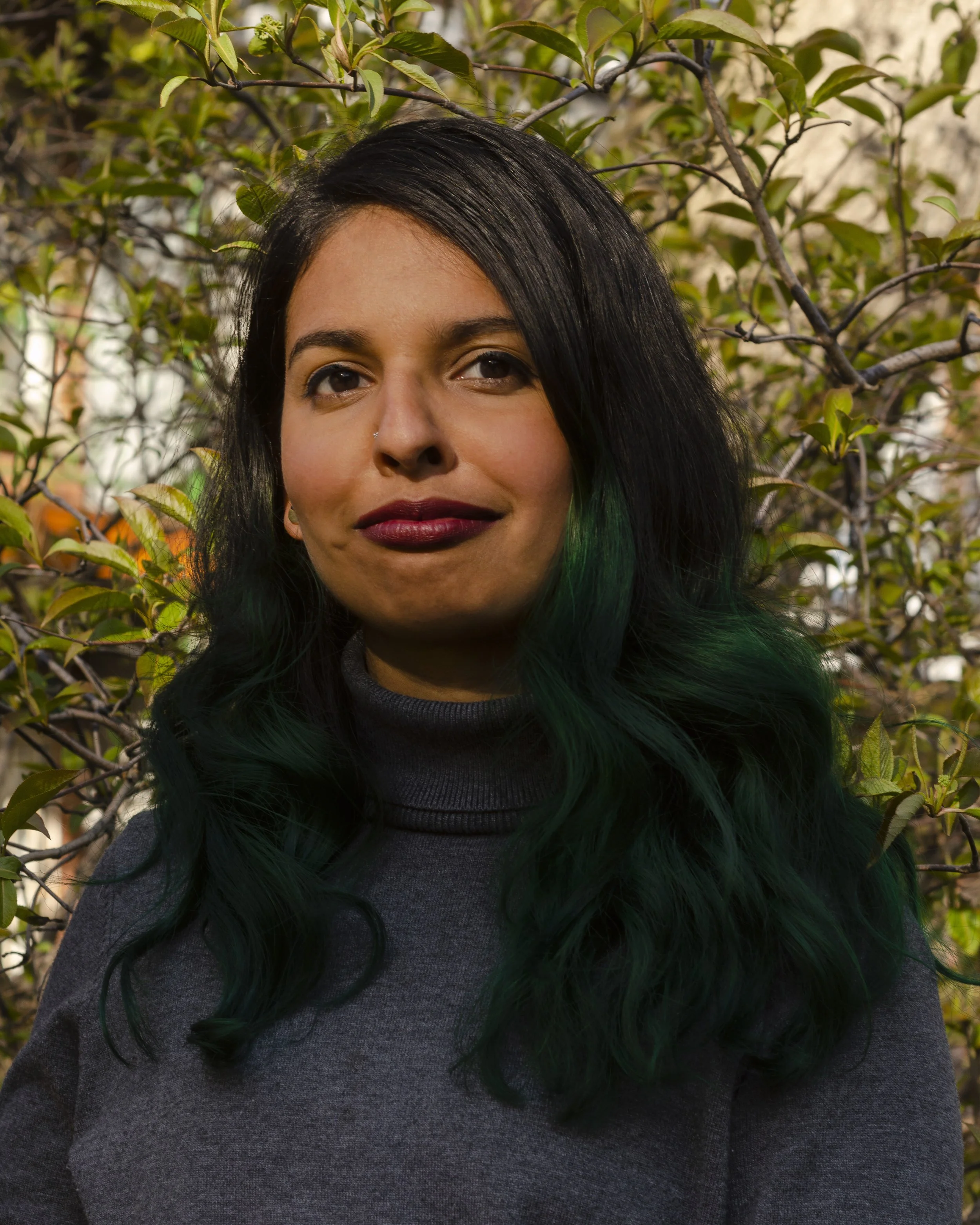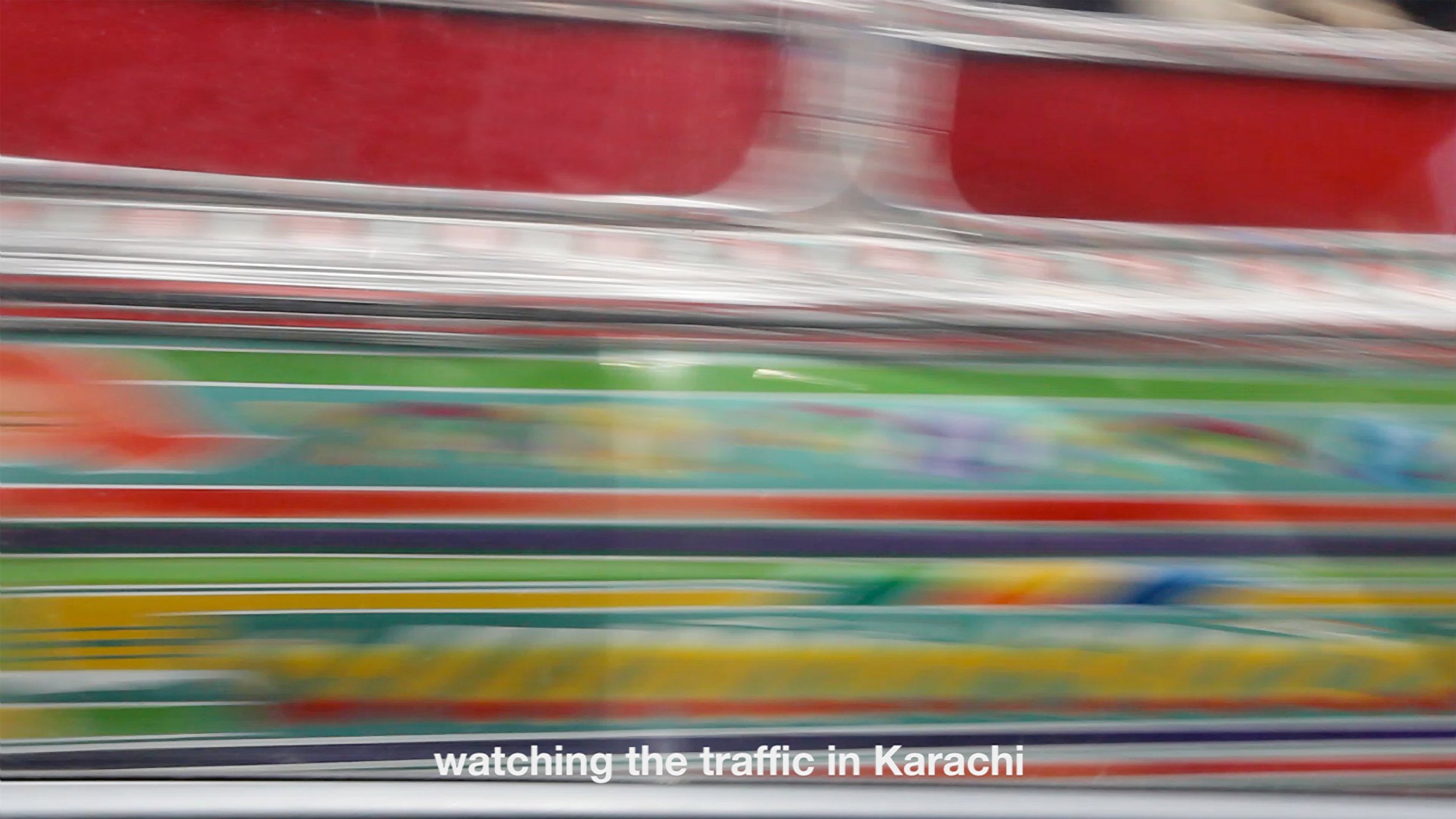Zinnia Naqvi is a visual artist based in Toronto and Montreal whose work is based in documentary practice and uses a combination of photography, video, archival footage and installation. Born and raised in Pickering, Toronto, Naqvi’s interest in photography and storytelling led her to pursue a BFA with Honours in Photography from Ryerson University and an MFA in Studio Arts from Concordia University. Naqvi’s work has been shown in Toronto at the Ryerson Image Centre, Gallery 44, the Koffler Gallery and Regent Park Film Festival. It has also been shown internationally at Museo de Arte Contemporáneo de Buenos Aires, Oberhausen International Short Film Festival, Uppsala International Short Film Festival and the International Institute of Contemporary Art and Theory in Mangalia, Romania. Naqvi’s practice often questions the relationship between authenticity and narrative, while dealing with larger themes of post-colonialism, cultural translation, language, and gender. Her film Seaview was part of Breakthroughs’ Best of BFF shorts program in 2021.
Tell me about your background and early life and how it influences you today
I grew up in Pickering, Toronto. I had an interest in photography and completed my first film during my undergrad at Ryerson. I had an interest in photojournalism at first, which is synonymous to documentary filmmaking. So when I started studying image-based practices I learned that I like to work slowly and take my time to create projects. I also like to work with personal family archives, which have led to a lot of my projects so far. I started working with family archives really early in my practice. This really got the ball rolling and I started to think about different themes like migration, citizenship and nationalism and additionally growing up in the suburbs has found its way in the work that I do.
Still from Seaview
What made you drift towards filmmaking from photography?
I see filmmaking and photography as adjacent to one another. I see myself as an artist first and foremost and not particularly a filmmaker. When deciding to attempt the project Seaview I intended to take a lot of photographs and it was going to be a photography project but the whole experience encouraged me to think about the complexity of going back to “home” - Karachi Pakistan. A place that I should be able to call home but felt like I could not relate to. I started to photograph and also watched a lot of experimental films while I was there. This made me realize that I could use a lot of components of filmmaking to enhance storytelling through images, sound, text, movement and this allowed me to capture a lot more of the experience. While I thought I would go into filmmaking completely, I ended up doing masters in photography as well and continued to make films of my liking on the side. So I still like to work in both.
What is the core message you want to tell people through your films? It is a documentary style, but also very poetic and you accentuate stillness. What are you trying to tell people through stillness, particularly in Seaview?
I like to leave room to make the audience come to their own conclusions and decisions and impressions. Giving space to the audience can be a visual break and allow you to gather your thoughts. I don’t think there are any singular core messages through my films. For me, it’s about talking about the nuances and complexities of these kinds of experiences. Handling these many issues at once that encompass one experience is difficult and film is an excellent medium to do that with so many elements to it. It gives it layers to talk about aspects of one experience all together. So there is no core message but I do tackle a lot of similar themes. Each project is a stand-alone thesis.
Still from Seaview
What films inspired you?
With Seaview one of the biggest inspirations came from The Exception and The Rule by Karen Mirza and Brad Butler. They had a lot of experimental videos that were made in Karachi where they talk about all the things that they wish they shot when they were there. This is very common with documentary filmmaking. You need to get coverage of everything but also be able to document something different about the same subject and this is something that I am very interested in. Films like Close Up by Abbas Kiarostami, which was a big influence on my new film, and filmmakers like Onyeka Igwe and Sanaz Sohrabi - a lot of people who work with archives and gestures basically.
Who are some of your favourite filmmakers?
More than filmmaking it was image-based practices that inspired me growing up. Growing up, I mostly thought I would be a writer more than anything, because it was always about telling the story in whatever medium. I knew that I had a lot to say but I was also a shy kid which made saying things with words very intimidating, so artwork really helped me express myself. It allowed me to be direct but still allowed me to be experimental or visual.
What is next for you?
A narrative short is in the making and this is the first of its kind for me so far. I just wrapped up on it and it was made for gallery representation. I plan on submitting it to the festival circuit. I am also teaching part time at Ryerson and University of Toronto.
Any advice for filmmakers starting out?
Don’t be afraid to stick to your vision. I just wrapped up a photography mentorship at BIPOC Film & TV and I am collaborating with my mentee on a new project. So reach out to community-based opportunities near you. I didn’t attend film school; I preferred working by myself so even when I started out making documentary films I worked on different aspects of my projects by myself, like editing and so on. Don’t be afraid of things you don’t know and get your hands into everything, especially at the beginning. Later, when I received a grant I was able to hire people to help me with aspects like sound and other professional expertise.
How do you keep creative and artistic integrity in your projects?
Keep the integrity of the piece alive through the different aspects of filming, whether it’s through sound, editing or lighting. And more importantly, keep believing in your stories.
Still from Seaview
Interview by Caroline Manjaly
*This article has been edited for clarity





